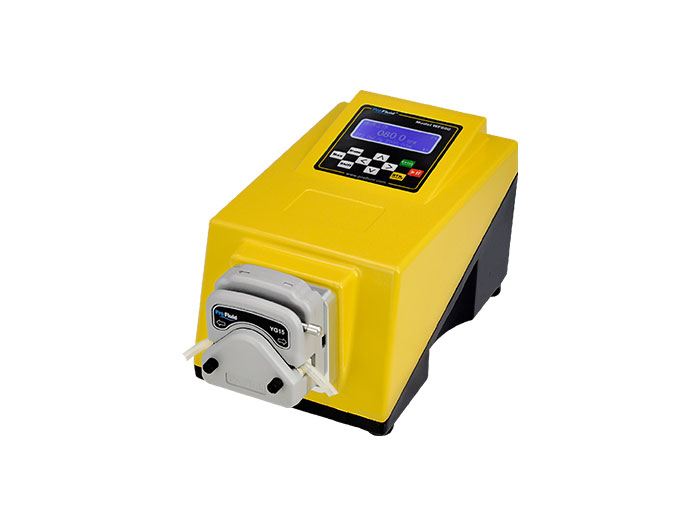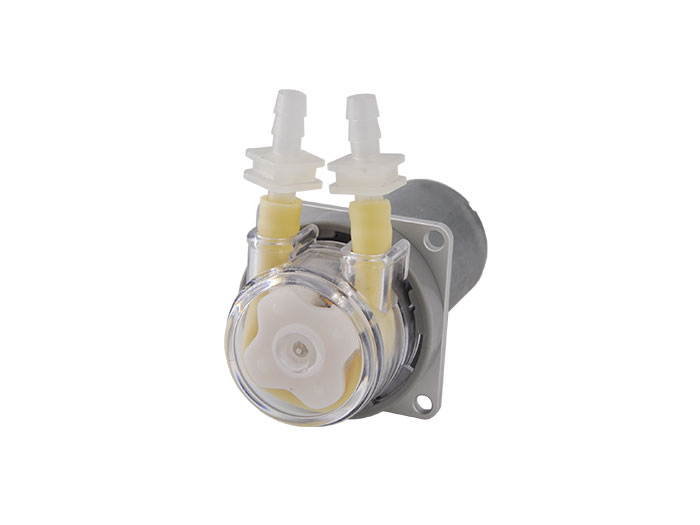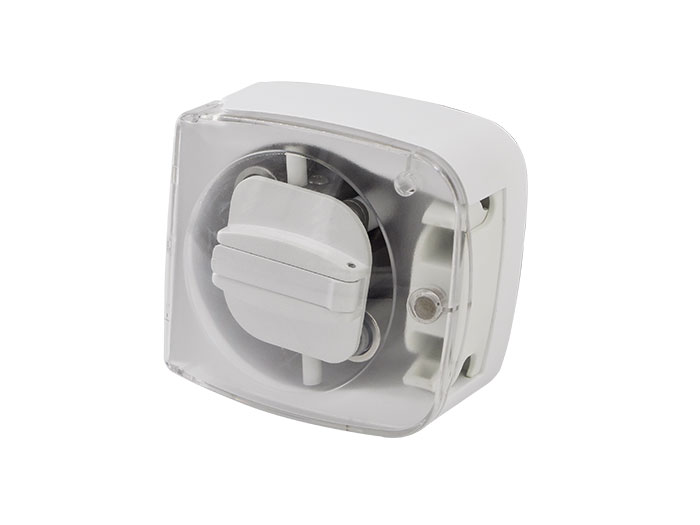The measurement of chlorine electrode can be carried out by photoelectric colorimetry or electrochemical sensing. Understanding the principle of measurement of different brands of residual chlorine electrode can be applied according to its characteristics. For example
The measurement of chlorine electrode can be carried out by photoelectric colorimetry or electrochemical sensing. Understanding the principle of measurement of different brands of residual chlorine electrode can be applied according to its characteristics. For example:
1, coated electrode: The electrode is immersed in the electrolyte chamber, and the electrolyte chamber is in contact with water through a porous hydrophilic film. Hypochlorous acid diffuses into the electrolyte cavity through the porous hydrophilic film to form a current on the electrode surface. The current depends on the speed at which hypochlorous acid diffuses into the electrolyte cavity, and the diffusion speed is proportional to the concentration of residual chlorine in the solution. The concentration of residual chlorine in the solution can be determined by measuring the current.
Features: No reagents required. When used in the presence of an interface agent, there will be drift, and the membrane pores will be blocked by lipids, requiring regular cleaning and replacement of the diaphragm and electrolyte. DPD indicator should be used for calibration. The pH of the measured environment and water is synchronized, combined with chlorine to interfere with the bactericidal ability of water, and the actual bactericidal strength of water may be low.
2, optical colorimetric method: industrial peristaltic pump into the DPD indicator and water reaction color, absorption meter according to the color intensity interpretation of residual chlorine content.
Characteristics: The measured value and the pH value of water are different, and the humidity will affect the interpretation value. DPD indicator should be used for calibration. The measured environment is not synchronized with the pH of water, the bactericidal ability of water is interfered by pH and combined chlorine, and the actual bactericidal strength of water may be low.
3, non-membrane electrode: Residual chlorine is a strong oxidizing agent, its REDOX potential (ORP) and the residual chlorine content in the solution is an exponential relationship, and the REDOX potential is converted to the residual chlorine content by the program.
Features: The residual chlorine value is converted by REDOX potential (ORP). Calibration should be done with zero and slope in conjunction with DPD indicator. The measured environment is synchronized with the pH and bonded chlorine of the water, and the measured value shows the converted residual chlorine value of the actual bactericidal strength measure of the water, and the actual residual chlorine concentration of the water may be high.
The industrial peristaltic pump is composed of three parts: drive, pump head and hose. It is a liquid conveying device that can control the flow rate. The job turned out to be as simple as squeezing a fluid-filled hose with a finger clamp and moving the fluid forward as the finger slid forward. Industrial peristaltic pump is the same principle, only by the roller instead of the finger.
Fluid is pumped by alternately squeezing and releasing the pump's elastic delivery hose. The fluid is isolated in the pump tube, the pump tube can be quickly replaced, the fluid can be retrograde, can be quickly dried, and the maintenance cost is low, which constitute the main competitive advantages of industrial peristaltic pumps. It is not only used in medical, chemical, food, water treatment and other industries can also be seen everywhere.


